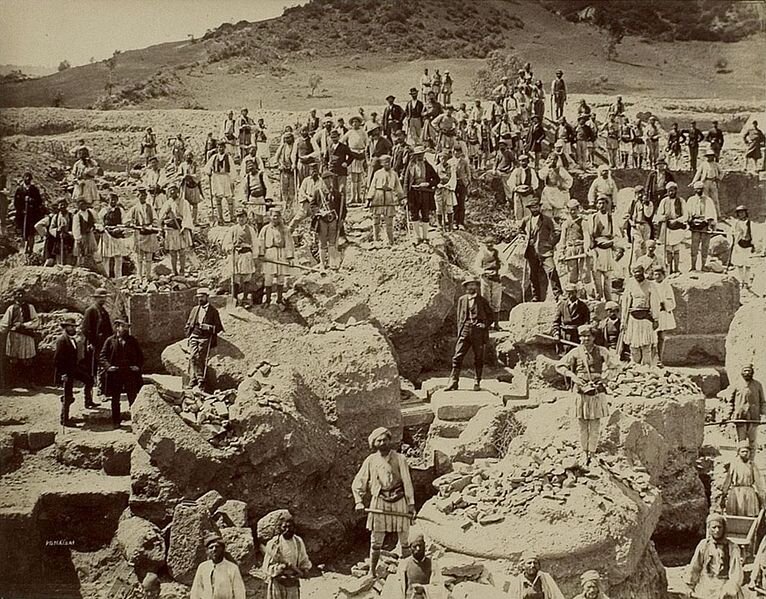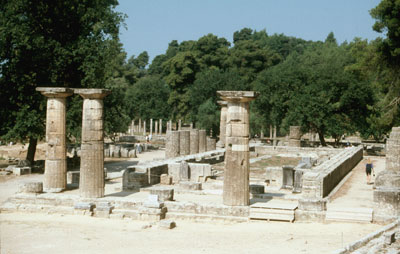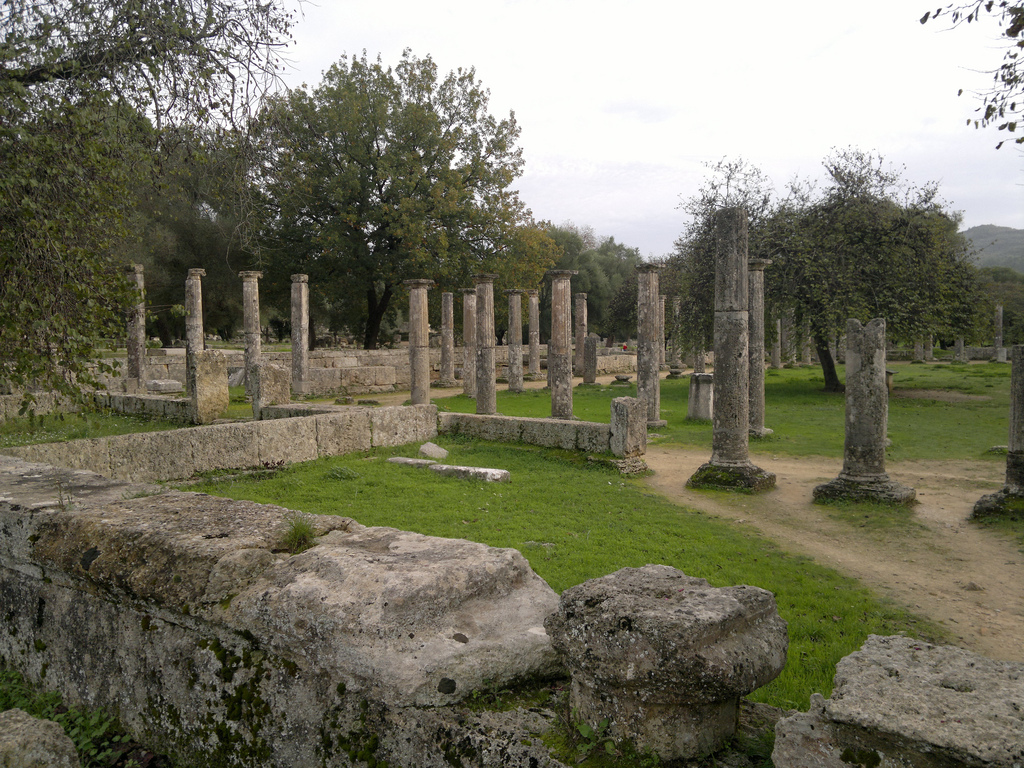Until 1875, the immense archeological treasure of ancient Olympia remained buried underground. It was discovered by German scientists and was a turning point in the world’s archeological chronicles. Until then, the soils and rocks that overwhelmed it kept out the aspiring archeologists who sought it.

How Olympia escaped the archeologist Cockerell
One such group of “archeologists” arrived in Turkish-occupied Greece in April 1811, led by a 23-year-old British aristocrat named Charles Robert Cockerell. Cockerell and his associates first visited the Temple of Aphaia at Aegina, from which they stole the sculptures of the pediments, and then set up a site at the Temple of Apollo at Ilia, from which they stole sculpted parts of the frieze.

The ancient temple, located near Figalia, was visited by European travelers after they had searched in vain for the legendary monuments of ancient Olympia. Having read much about the impressive history of the area, the Briton was convinced that the loot he would find there would be of immense value. Therefore, his disappointment was great when he reached the spot and all he saw was a vast, deserted area. After brief and cursory investigations that led nowhere, Cockerel and his team gave up the search to find the Temple of Zeus, the Stadium, and other great monuments that had been mentioned in the books but that no one had seen for centuries.
The Excavation of Olympia
Indeed, the treasure they sought was “under their noses.” Ancient Olympia was buried many feet underground. From 393 A.D. when the last Olympic Games were held, the ancient sanctuary was abandoned to its fate. Over the centuries, successive earthquakes and floods caused it to collapse deeper and deeper into the ground. The prevailing theory is that the final blow to the antiquities of Olympia was dealt with by a massive tsunami that reached the ancient state and completely buried it.
The German excavations
From time to time scattered archeological finds appeared. Organized investigations, however, never got underway. The first excavation at the site was carried out in 1829 by the French Scientific Mission in the Peloponnese under the direction of General N. J. Maison. At that time, part of the temple of Zeus was discovered and parts of the metopes that decorated it, many of which were transferred to the Louver Museum. Systematic exploration of the sanctuary began in 1875 by the German Archeological Institute. In that year, the German state funded a major excavation to uncover all the hidden secrets of the site. Until then, archeology was more like a treasure hunt. In contrast, the German excavations at Olympia lasted six years, were based on modern scientific methods and quite focused. The most important thing, of course, was that they produced the desired result.
Thanks to these excavations, more than 14,000 objects of enormous archeological importance came to light, such as the Nike of Paionios and the Hermes of Praxiteles. The central part of the sanctuary of Altea was also excavated, including the Temple of Zeus, the Temple of Hera, the Vouleuterion, the Stoa of Echo, the Treasures, the Rectorate and the Palaestra. “For 300 years, workers have labored on this colossal project.” The total amount spent by Germany on the project is estimated at 800,000 to 900,000 gold francs.

However, the agreement reached with the Greek state had some weaknesses. The terms stipulated that the Germans had the right to take possession of any excavation finds that were double, triple or similar. The Greeks were extremely suspicious of them. The memory of Elgin and the British antiquities was still very recent and had considerably shaken their confidence in any foreigner interested in the ancient Greek riches. Nonetheless, history has recognized the German excavations as a turning point for world archeology, as they created a new model for scientific excavation. Indeed, twenty years after the arrival of German archeologists in Greece and the unveiling of the buried Olympia, the historical institution was revived. In 1896, the first modern Olympic Games were held in Athens, which have since established themselves as the largest event.





